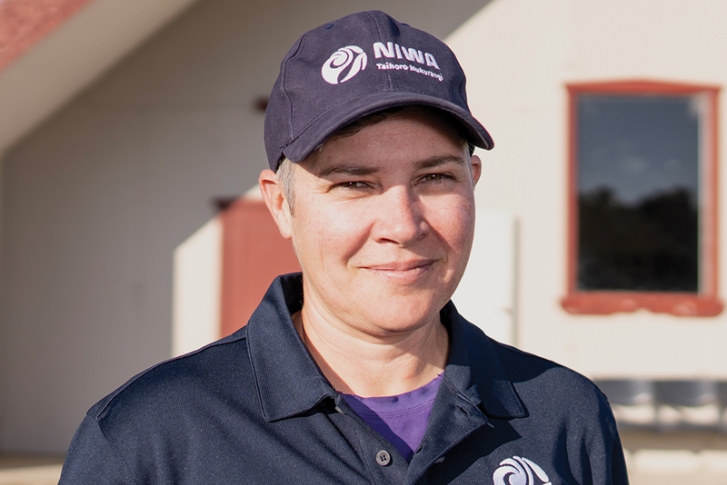The Waikato River Authority is required, as part of its enabling legislation, to report at least every five years to the Crown and the river iwi.
The first Five-Year Report was delivered in 2015 and contained the first whole of catchment Report Card for the Waikato and Waipā rivers. The next Report Card is not due until 2025 (covering a ten-year period). NIWA was engaged to provide an interim assessment of data to determine improving or deteriorating trends in the Waikato River and its tributaries for a subset of Report Card indicators, where suitable datasets were readily available.
Data sets and trend analysis
Trend analyses were conducted for 21 indicators that have been collected in a consistent manner between 2010 and 2019. The indicators assessed for trends were water clarity (black disk), E.coli, total nitrogen (TN), dissolved oxygen (DO), phytoplankton (using chlorophyll a as a surrogate), water temperature, ammoniacal nitrogen, arsenic (As), macroinvertebrates (MCI, QMCI, %EPT abundance, % EPT taxa), periphyton (cover of long filaments, cover of thick mats), macrophytes (channel clogged by macrophytes, exotic cover, native cover) and riparian health (channel shade, riparian vegetation protection, riparian width). The results were grouped into five spatial zones and 10 Report Card Units covering the Waikato River mainstem and tributaries.
The trends presented in this report are for the Waikato River mainstem and its tributary streams. It does not report on trends for lakes in the river catchment.
Use data with caution
While this trend analysis followed current best practice and methods, data should be interpreted with caution because short term trends are known to be influenced by statistical sampling errors and natural fluctuations in environmental drivers, such as:
- flow and climate cycles, and
- time lags in the recovery of water quality and ecosystem health following mitigation and restoration.
Download
- NIWA Report: Trends analysis for selected indicators of Waikato River health and wellbeing 2010-2019 (PDF 6.42 MB)



